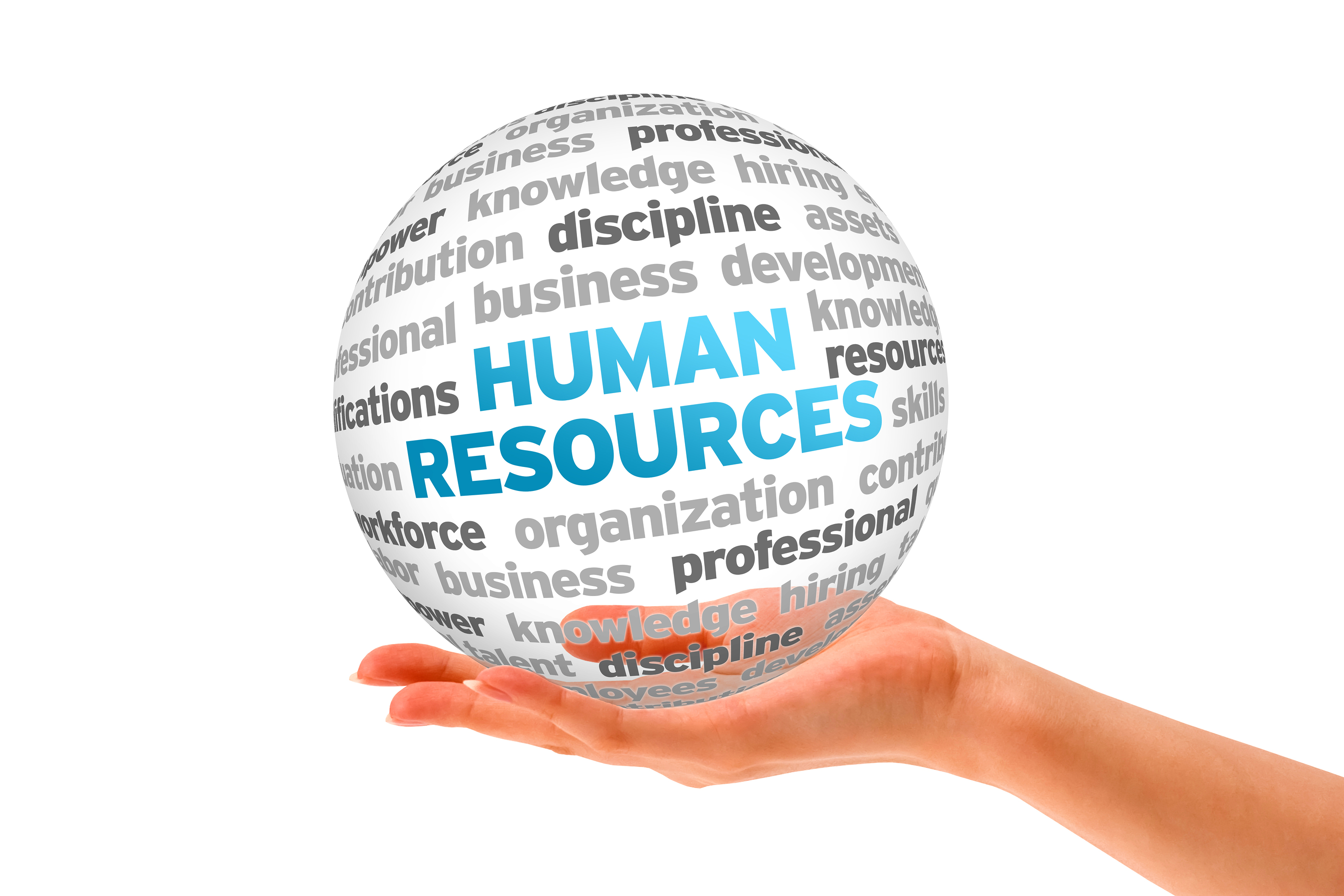
- January 19, 2017
- Human Resource
5 HR Buzzwords That Have Fizzled Out
If you've worked in HR, you've seen phrases or words gain immense popularity over time. These HR buzzwords have likely infiltrated your entire department and you and your colleagues can't stop using them. There's a reason why certain catchphrases gain traction — they inspire and are relevant to current needs. They create a common language inside an organization and throughout the HR community. But, the problem with overused words is that their original meaning gets diluted and they lose the influence they once had.
If any of these buzzwords are still in your vocabulary, it might be time to refresh your lingo.
1. Synergy
Synergy is one of the most popular buzzwords used by HR communities. The pursuit of synergism often takes on a life of its own in the business world. Entire departments plan and attend meetings to strategize ways to create a more congruous atmosphere. When you find yourself looking for synergy at work, step back and identify your exact needs. Instead of looking for synergy, determine specifics instead.
2. Think Outside the Box
What started as a genuine way to encourage innovation in the workplace is now cliche. The phrase was originally coined in 1945 by psychologist Karl Duncker, according to Gizmodo. In an experiment, he gave participants a box with a candle, thumbtacks and matches, and asked them to attach the candle to the wall. While many methods were used, the only one that worked was tacking the box to the wall, and melting wax to stick the candle onto the box. Hence, the participants who succeeded thought outside of the box. Nowadays, there are plenty of new words and tools that can be used to inspire innovative thinking without needing to repeat this tired trope.
3. A Seat at the Table
When HR professionals mention someone has a "seat at the table," what they're really saying is that person is a decision maker. If you're being told to take a seat at the table, it means you're already viewed as an influencer or you're being asked to step up and make a role for yourself. The problem with this statement is its vagueness. What traits do the decision makers currently sitting at the table have that you admire? Identify what you're looking for and inspire others to follow in the footsteps of top employees.
4. Best in Class
You're not buying a car, you're trying to hire and attract top talent. Gone are the days when mass recruiters worked directly with top colleges to select prospective employees before other organizations could hire them, and recruiters are looking for ways to attract more than just the students who show up to on-campus job fairs. Social recruiting is helping HR departments cull top talent from a wide range of backgrounds to find those "best in class" prospects that also fit into the culture of their organization. Many large businesses are using social media as a recruitment tool for students to find top talent and students are engaging in the same process through their social networks to find an organization they want to be a part of.
5. The War for Talent
The phrase "the war for talent" has echoed through the halls of many HR departments for many years, and for good reason. Before the stock market crash of 2008, recruiting and retaining talent relied on aggressive tactics. But, the war transformed. Suddenly, there were too many candidates and HR struggled to sort through an overcrowded talent pool. Once the economy stabilized, and digital recruiting dominated the workforce, an entirely new war was created. Now, HR has to promote their organization to qualified candidates. So, when will this war be over? Instead of fighting other businesses, HR leaders should find a way to make your organization stand out from the crowd and attract employees who connect with your organization's culture.
If these HR buzzwords are still in your vocabulary, consider putting them out to pasture. Who knows, maybe you'll just come up with the next new HR catchphrase.
Authors: Mohan Ojha & Manohar Man Shrestha
Categories
Archive Post





